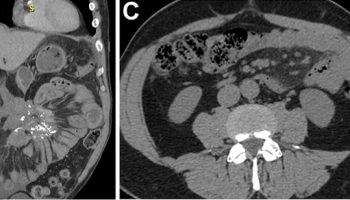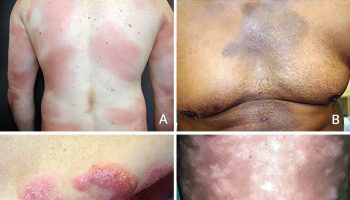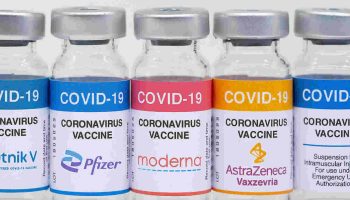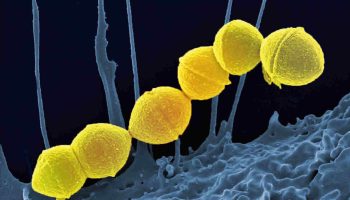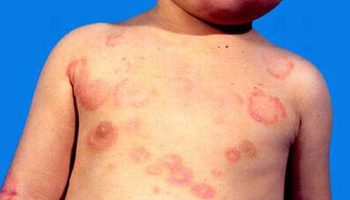Sclerosing mesenteritis Sclerosing mesenteritis is a rare condition causing inflammation, fat necrosis, scarring (fibrosis) of the mesentery, a fold of membrane (a fan-shaped fold of
Cutaneous T cell lymphoma Cutaneous T-cell lymphoma (CTCL) also known as lymphoma of the skin is a rare cancer of your blood immune system's T-cells
Sezary syndrome Sezary syndrome also called Sézary syndrome, is an aggressive form (grows faster) of a type of blood cancer called cutaneous T-cell lymphoma (CTCL),
COVID-19 vaccine As of November 19, 2025, COVID-19 vaccination is recommended by the U.S. Centers for Disease Control and Prevention (CDC) for people ages 6
Streptococcus pyogenes Streptococcus pyogenes also called group A Streptococcus (GAS) or Group A beta hemolytic streptococcus (GABHS) is a species of Gram-positive beta-hemolytic aerobic bacteria
Erythema marginatum Erythema marginatum is described as the presence of pink rings with pale centers and rounded or serpiginous margins on the trunk and inner surfaces of
Post-streptococcal glomerulonephritis Post-streptococcal glomerulonephritis also called acute poststreptococcal glomerulonephritis, is a type III hypersensitivity reaction (immune complex-mediated disease) that follows streptococcal infection, which can be
Mounjaro Mounjaro is a brand name of the active drug Tirzepatide that is used to help lower blood sugar levels in type 2 diabetes with
Hemophilia C Hemophilia C also called factor XI deficiency, plasma thromboplastin antecedent deficiency or Rosenthal syndrome is a very rare autosomal recessive bleeding disorder. Hemophilia
Hemophilia B Hemophilia B also called Haemophilia B, Christmas disease or Royal disease is an inherited bleeding disorder that is inherited in X-linked recessive pattern caused by a
